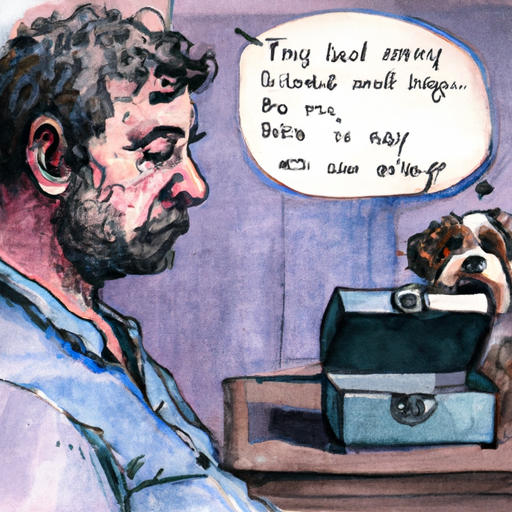Understanding Benadryl and Its Uses
You might be familiar with Benadryl as a common medication used by people to manage allergies. But, did you know it’s also widely used for dogs? Yes, that’s right. Under the right circumstances and with appropriate dosage, Benadryl can be a lifesaver for our furry friends.
Benadryl, also known as Diphenhydramine, is an antihistamine. It is used to relieve symptoms of allergies, hay fever, and the common cold. These symptoms include rash, itching, watery eyes, itchy eyes/nose/throat, cough, runny nose, and sneezing. It is also used to prevent and treat nausea, vomiting, and dizziness caused by motion sickness.
When To Use Benadryl For Dogs
Just like humans, dogs can suffer from a variety of allergic reactions. These can range from food allergies to environmental factors like pollen or insect bites. Benadryl can be used to treat these allergic reactions and provide relief to your dog.
However, it’s essential to remember that not all dogs can take Benadryl. Dogs with certain conditions like glaucoma, high blood pressure, or cardiovascular disease should not be given Benadryl. Always consult with your vet before giving your dog any new medication.
The Right Dosage and Timing
The general rule of thumb is to give your dog 1 milligram of Benadryl for every pound they weigh. So, if your dog weighs 30 pounds, they should get 30 milligrams of Benadryl.
Once administered, Benadryl typically takes 30 minutes to start working. The peak of its effectiveness is usually within 1 to 2 hours after administration.
Here’s a simple table for the dosage based on weight:
| Weight of Dog | Dosage of Benadryl |
|---|---|
| 15 lbs | 15 mg |
| 30 lbs | 30 mg |
| 45 lbs | 45 mg |
| 60 lbs | 60 mg |
Possible Side Effects
While Benadryl is safe for most dogs, like all medicines, it can have side effects. Most commonly, dogs might experience:
- Drowsiness or sedation
- Dry mouth
- Urinary retention
- Increased heart rate
- Rapid breathing
If you notice any of these side effects, or if your dog behaves unusually after taking Benadryl, contact your vet immediately.
FAQ
Q: Can I give my puppy Benadryl?
A: Yes, but only under the guidance of a veterinarian.
Q: Can I give Benadryl to my dog every day?
A: It’s not recommended without a vet’s approval. Long-term use can lead to negative side effects.
Q: What can I do if my dog has an allergic reaction to Benadryl?
A: Stop the medication immediately and consult your vet.
Q: Can I use Benadryl for anxiety in dogs?
A: Benadryl is sometimes used for anxiety in dogs, but it should only be used under a vet’s guidance.
Remember, while Benadryl is a useful tool in managing your dog’s allergies, it is not a cure. Always consult with your veterinarian for the best treatment options for your furry friend.



